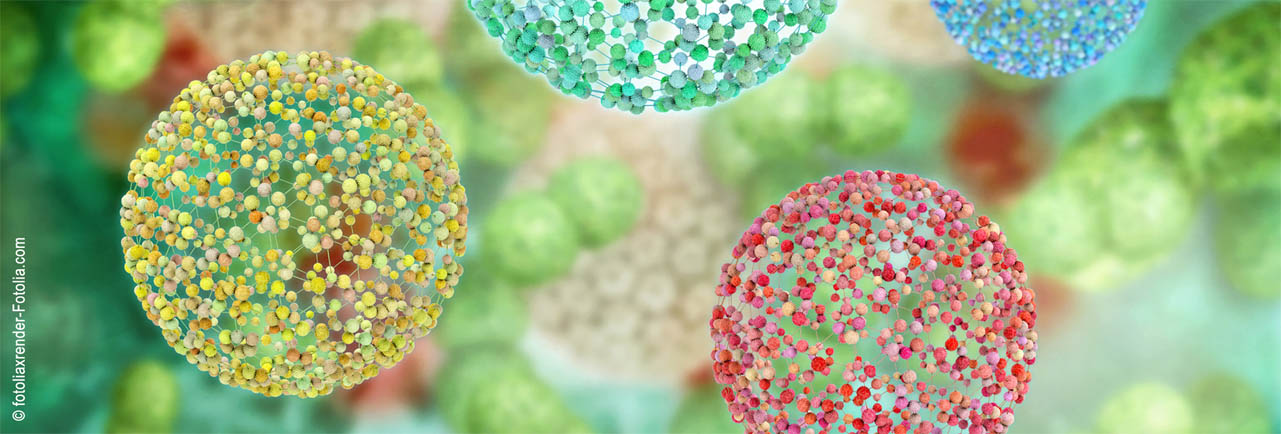Speaker
Description
Most dietary fibres (DF) are polysaccharides that resist the hydrolytic digestive enzymes released in the human gastrointestinal tract (GIT). DF may, however, be fermented by our gut microbiota, a diverse and numerous group of microorganisms present in our large intestine. The gut microbiota and its fermentation products are vital in maintaining our overall health and well-being, from nutrient adsorption to disease prevention.1,2
Much work examining DF and microbiota focuses on health, its genetics, and the correlation between food intake, microbiota composition and metabolism. The chemical comprehension of the polysaccharides-bacteria interaction is extensive; 3,4 still, there is little physical understanding of topics such as adhesion between polysaccharides and bacteria or polysaccharide conformation on the bacteria surface.
Our work aims to create a mechanistic understanding of the role of polysaccharides' molecular and physico-chemical properties on their adhesion to gut bacterial surfaces. Adhesion mechanisms between bacteria and polysaccharides are studied using a range of advanced techniques such as flow cell, quartz crystal microbalance-dissipation (QCM-D), rheology and X-ray and neutron scattering experiments. Neutron-based techniques are vital for determining the nanostructural features of single biological molecules or large, multi-component macromolecular complexes. This project's outcomes will enhance our knowledge about the role of DF on gut microbiota, complementing current biochemistry and nutritional studies.

